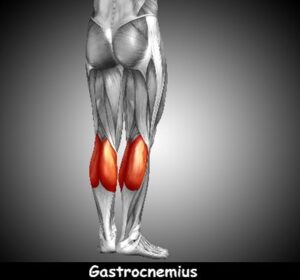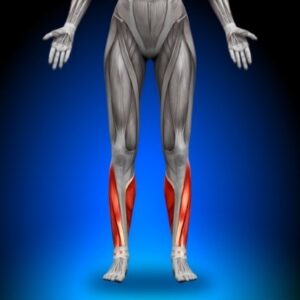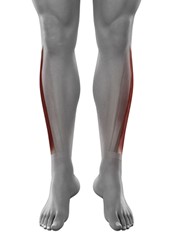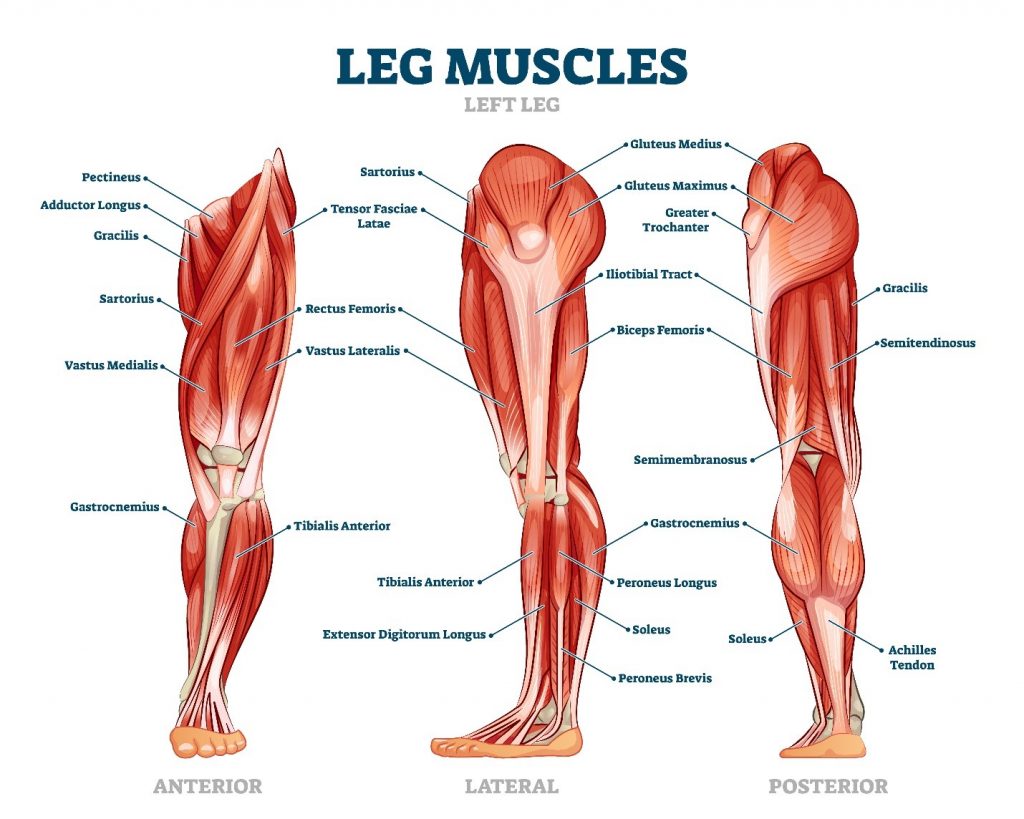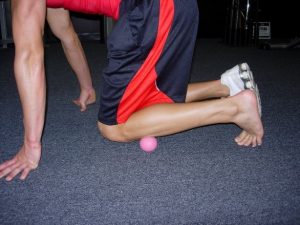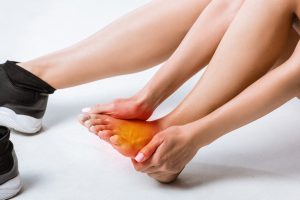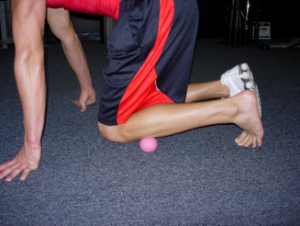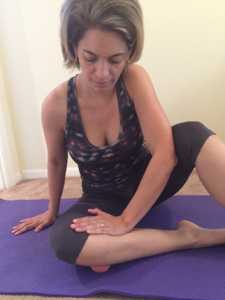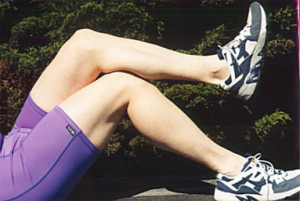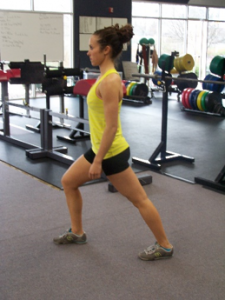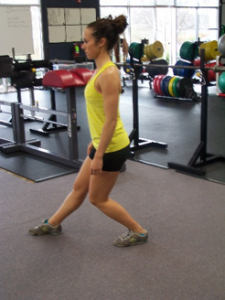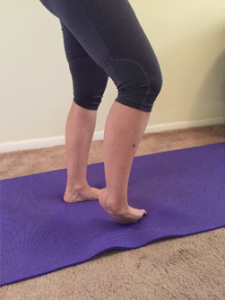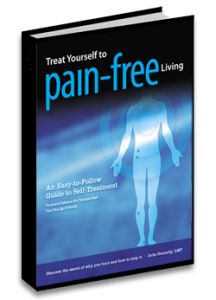What Causes Plantar Fasciitis Pain?
Author: Julie Donnelly, LMT –The Pain Relief Expert
Editor: Dr. Steve Chaney
Merry Christmas
 I love the Christmas season. The colors, the smells, the sounds of music. I’m a vegan so turkey isn’t happening for me, but the array of deliciously prepared vegetables, and the variety of desserts always make me excited for this month to get underway!
I love the Christmas season. The colors, the smells, the sounds of music. I’m a vegan so turkey isn’t happening for me, but the array of deliciously prepared vegetables, and the variety of desserts always make me excited for this month to get underway!
We give so much to others, especially during this season, that I want to remind you to take care of yourself too. Like they say on the airplane, ”Put on your own oxygen mask first!” One of the best gifts you can give to those you love, is a healthy and happy you!
Eliminate the aches and pains that can make you feel grumpy, and if you have someone who could benefit from eliminating pain, please feel free to send them my way. That includes people who don’t live near me. I will give you information on how to set up Zoom consultations below. I’ll be happy to help you.
I hope you have a wonderful, blessed Christmas!
What Causes Plantar Fasciitis Pain?
It has been a beautiful time for being outdoors the past couple of months, whether you live here in Florida, or any of the northern states. With the cooler, dryer weather, runners are back out on the road, which can lead to our topic of the month. Plantar fasciitis is a condition that is felt in the arch of the foot and can hamper, or even stop, runners from enjoying their sport.
The good news is I’ve found that there are four muscles that are key to releasing the pain in your arch. And they are easy to self-treat with just a little direction. These muscles are:
The calf muscles:
Gastrocenmius & Soleus. These muscles both merge into your Achilles tendon and pull up on your heel bone so you can stand on your toes.
The Tibialis Anterior Muscle:
This muscle is on the outside of your shin bone. It inserts into the inside of your arch and rolls your foot out toward your little toe.
Actually TWO muscles that are on top of each other with both of them going along the outside of your shin bone,and behind your ankle. One inserts into the long bone on the outside of your foot, and the other goes across your arch, inserting into the long bone on the inside of your arch.
That may sound a little confusing, but if it does, take a look at the muscle by doing an internet search and it will be clear.
Together these insertion points pull the outside of your foot UP so your roll in toward your arch.
Relief From Plantar Fasciitis Pain
The important point to consider is that all four of these muscles insert into the bones that form your arch.
When your calf muscles are tight they are pulling back on your heel bone, but since your arch muscles originate on your heel bone, they are being stretched backward.
When the Tibialis Anterior muscle is pulling on the long bone on the inside of your arch, it’s causing pain on that bone so you feel pain in your arch.
When the Peroneals are pulling toward the outside of your foot, you again feel pain along that bone.
This all sounds confusing but just think about your arch being pulled in three different directions: to the outside, to the inside, and back toward your heel. Of course you’re going to have pain in your arch!
It would take the length of a long article to go into the details of how to treat each of these muscles so I’m only going to show pictures of how to treat the muscles on the front of, and next to your shin.
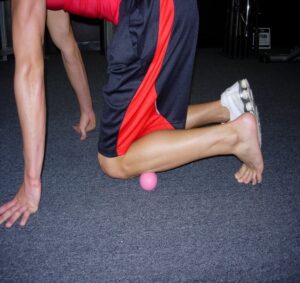 Use either the Perfect Ball that I sell on my website: www.flexibleathlete.com, or a used tennis ball.
Use either the Perfect Ball that I sell on my website: www.flexibleathlete.com, or a used tennis ball.
Kneel on the floor as shown in the picture to the left and place the ball to the outside of your shin bone.
Move your leg forward so the ball rolls down toward your ankle. If you start to feel a cramp in your arch, just curl your toes as shown in this picture.
You’ll find a tender spot about midway down the muscle. This is the muscle spasm that is putting pressure on the inside of your arch.
Repeat until it no longer hurts.
To treat your Peroneals, sit as shown in the picture on the right. Place the ball as shown in the picture and put 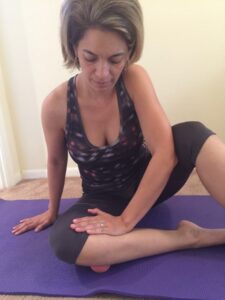 your hand so it presses your leg directly into the ball.
your hand so it presses your leg directly into the ball.
Move your leg so the ball rolls down the outside of your leg toward your ankle.
Be sure to always move your hand so it stays on top of the ball.
You’ll find a tender spot about midway down your leg. Stay on the point for about 15 seconds and continue to roll down your leg.
Repeat until the muscle no longer hurts.
Next month I’ll be talking about Achille’s Tendonitis. The treatment for the calf muscles is the same as you would use for Plantar Fasciitis, so stay tuned…
Zoom Consultations
This past month I worked with two people via Zoom. Both were successful at getting a total resolution to their issue. I’ll tell you about them next month, but in one case it was a sudden attach of severe back pain at prevented the man from even getting out of bed. In the other case, it was a young woman who is a sub-elite runner who had been in pain for three years, preventing her from running.
I’m happy to say in both cases the individual was able to be up and about in one case instantly, and in the other case it took 3 days for a complete reversal of the painful problem.
If you know anyone, anywhere in the world, who is in pain, please let them know that they can find a solution that isn’t offered by traditional pain-relief practitioners. They can read more about it by going to www.FlexibleAthlete.com and searching on the shopping cart for Zoom Consultations.
Here’s To Your Health
There is a tremendous amount of information on two of my websites: www.FlexibleAthlete.com and www.JulstroMethod.com. I believe you’ll find a lot of answers by going through those sites, and by looking at the books and video programs that I’ve developed over the years.
There is a saying “God helps those who help themselves.” These websites and my books are the tools you can use to help yourself to Treat Yourself to Pain-Free Living.
Wishing you well,
Julie Donnelly
These statements have not been evaluated by the Food and Drug Administration. This information is not intended to diagnose, treat, cure, or prevent any disease.

